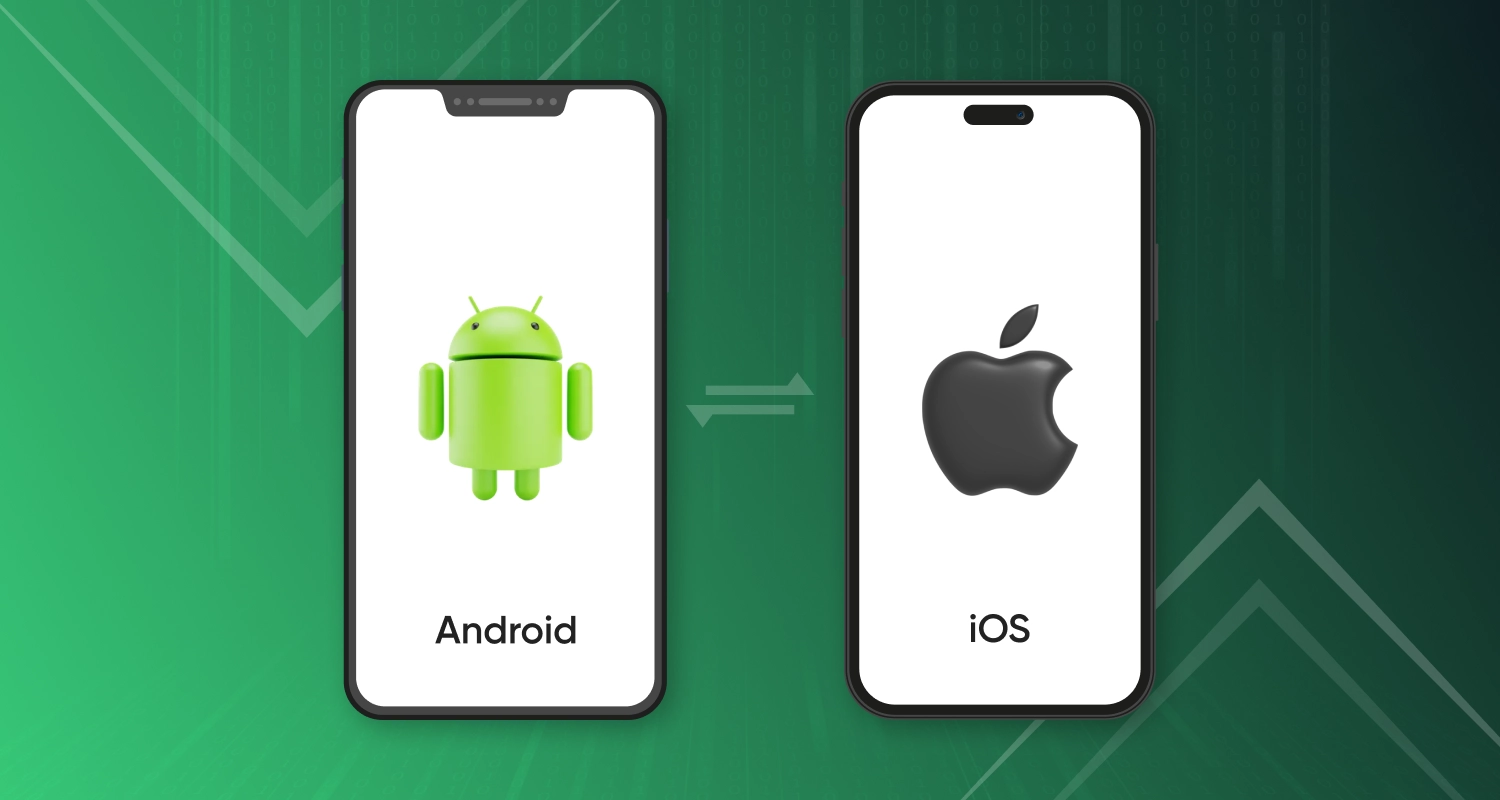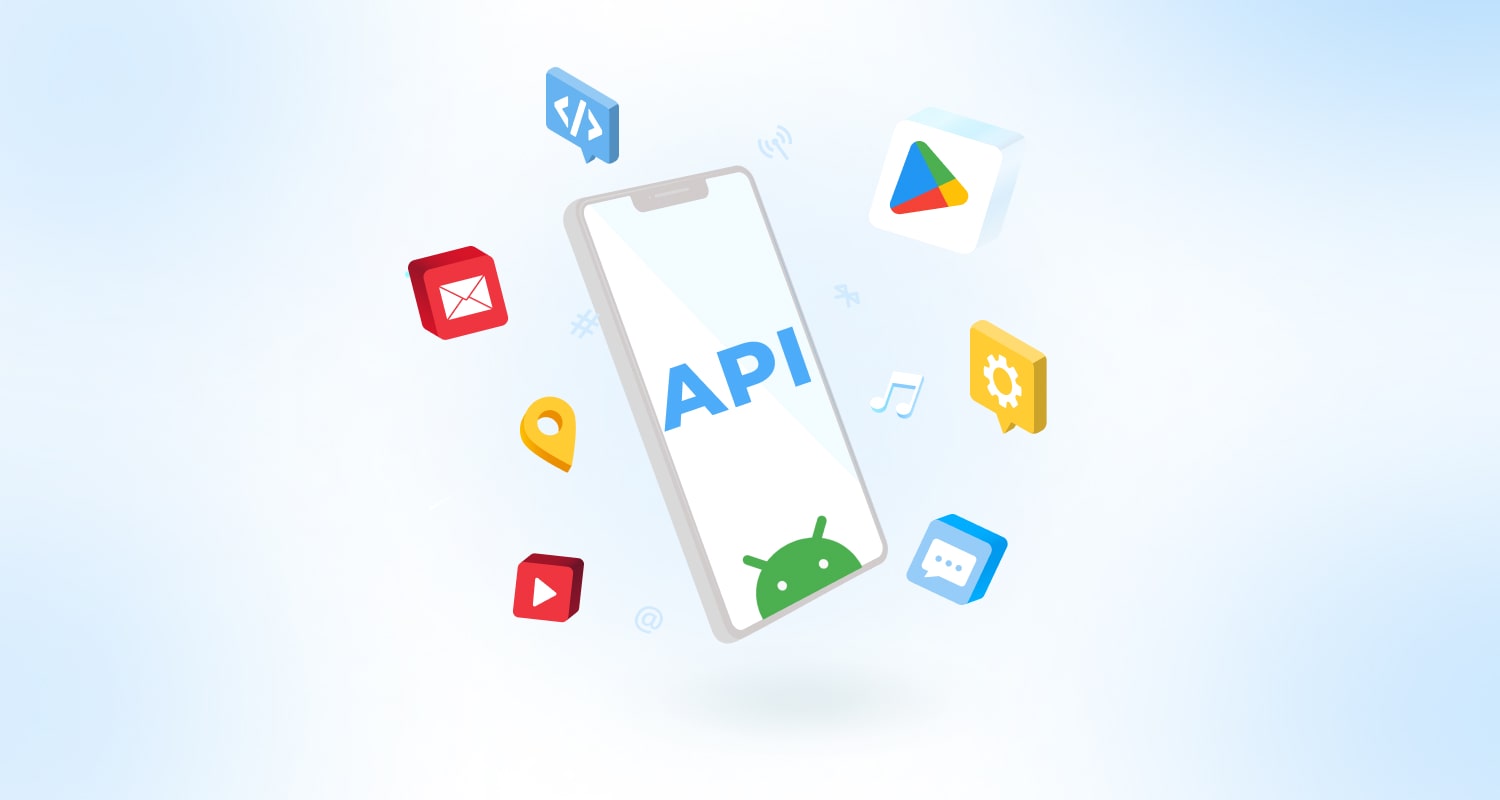There were developers who always harboured doubts and scepticism about the cross-platform development frameworks. There was a time when any iOS and Android app development company used to underestimate the power of cross-platform technologies and instead always held native development in high esteem. All such notions have changed thanks to this robust and most developer-friendly framework called React Native.
Now, a React developers with exposure across niche apps experiences more demand than native developers. This is because the framework really transformed the way we conceive cross-platform app development. Obviously, the framework has its own share of pros and cons as well.
For developing Android apps the framework boasts of some peculiarities that need to be taken into consideration. As a cross-platform developer, you need to have a clear idea of the pros and cons of this framework for building applications on React Native platform. Let us have a look at them in brief before moving over to the reasons to use this framework in more details.
Pros
React Native is a leading cross-platform development framework with a lot of competitive advantages for the developers and the overall app quality. Before you hire android app developer for your next development project, it is important to be aware of the crucial advantages of React Native framework. Here are some of the key pros that go in favor of React Native.
- React Native comes with the lowest learning curve and this helps in faster development and time to market apart from the cost advantage through low-cost hiring of developers.
- React Native offers great reusability of the code for building apps across platforms. You can use the same code for building both iOS and Android apps only requiring a few patchworks or negligible tweaks here and there.
- React Native comes with live and hot reloading capability that allows incorporating changes in real time across the app. This further makes the development process faster.
- Most importantly, React Native comes loaded with native components for both the iOS and Android platforms and this ensures creating superb native development experience for both platforms.
- React Native enjoying the constant support of a budding developer community worldwide is continuously getting better and more equipped.
- When you develop an app for iOS and Android both, you always get the ready help from a large developer community worldwide.
- React Native comes loaded with a robust number of useful libraries covering almost all purposes of application development.
- Thanks to cross-platform approach with reusability of code, React Native actually requires much fewer resources and developers for native app development.
Cons
In spite of all the pros mentioned above, React Native also comes with its share of few drawbacks or shortcomings. While considering React Native as the most reliable technology for developing iOS and Android apps, the below-mentioned shortcomings should be taken into consideration as well.
- While building an Android app using React Native you can’t use Android Studio.
- There are limitations for using React Native for creating all types of apps and app features.
- Being a novel framework any subsequent update with the framework can cause a disruptive effect in the codebase.
- It needs running a JavaScript engine that pulls down the permanence and stability of the app in the long run.
Building a Project From The Scratch
When you start building an Android app using React Native you need to take into consideration several aspects. First of all, make sure you installed Node and thereafter install the React Native CLI from the terminal beside running the npm. This will help to utilise React Native globally across the system.
Make sure you have Node installed in your system. You can follow this guide to install Node. Now, from the terminal run npm install -g react-native-cli. This will install React Native globally on your system. You can also follow the official guide to get started.
Now, go to the folder where you wish to set up the project. While navigating there, run the React Native in-it motion again from the terminal. Through this, you can easily incorporate and install your needed modules. This will also help you to create a folder named Motion.
After creating the Motion folder you can find both the .js files, respectively as index.android.js and index.ios.js. While the first would be required to build Android app the second will be useful for building an iOS app. In case you are building only the Android app you can just remove the index.ios.js and its respective folder.
The Single And Reusable Codebase
Normally, a typical mobile app development project is characterized by separate codebase for building Android and iOS apps. But with React Native you have the ease and flexibility of using the same codebase for apps of both platforms. The developers can write the code once and utilize it multiple times for building both iOS and Android apps. This obviously results in faster development and time to market for mobile apps.
Earlier, the WebView components were generally used for building hybrid apps. This was the only type of component with some degree of reusability. Now thanks to React Native the developers can develop code blocks rich with reusable native components. These ready to use blocks can be straightforwardly used for building native app functions. While all platform-specific elements of both iOS and Android apps have their counterparts in each other, the developers only need to ensure the native look and feel while building for each platform.
No Need of Rewriting The Code
React Native has a flexible library allowing to incorporate native components in the code at will. This helps in preventing rewriting of code from scratch while building an app for a particular platform. When you have an iOS app up and running, you have the codebase ready for use. The code of any existing mobile app can easily be incorporated into React Native library and this will help saving hell lot of development time required for rewriting the code.
Unmatched Compatibility With Third-Party Plugins
Android has the most expansive ecosystem of devices with variable capabilities and hardware capacity. Naturally, incorporating specific device-level capability in the app development is important to make it more performance-savvy and optimized for users. This is where the role of React Native to incorporate inbuilt device feature elements into codebase becomes crucial. React Native is capable to do this through third-party plugins which also help to address the issues concerning loading speed and memory usage.
Much Better Code Quality
Just because with React Native you need to write less code while building cross-platform apps, better code quality can easily be ensured. As you need to write code once for using in two platforms, the code volume can be reduced to at least fifty per cent or less. This actively reduces the chances of bugs and faulty code lines besides making it easier for testing the code.
React Native For Android App Development: Key Tips to Consider
As of now, you must have understood the effective role played by React Native in building high-performance apps for multiple mobile platforms. The use of React Native made the development job for cross-platform app project easier than ever before. But while building Android apps with React Native, it is advisable to keep in mind a few time-tested tips as mentioned below.
The Options of Using IDE
Just because React Native development doesn’t allow using Android Studio, we need to opt for a credible substitute. In this respect let us remember that React Native app can be built utilizing any available modern text editor ranging from the Atom, VS Code, WebStorm, Sublime Text, etc. Microsoft also came with a great React Native plugin which is equally capable like the above ones.
Ractizing No-Bind Rule
One of the trusted methods of enhancing the quality of the core components is to follow the no-bind rule. There are several tools to update the files strictly following the no-bind rule.
Modifying The Standard Comparison Of The Dataset
In many apps, you have certain components that come with a long list of items and this requires responding to changes in particular ways. By changing the comparison method from the standard one to the lodash _.isEqual() method the code instantly became optimized to a great extent.
Refactoring Some Components
You can further enhance the code quality and the performance by refactoring some components in an app. This will result in making the app more functional and performance driven.
Optimizing The App For TabMap
Make sure that the tab containing the map component of the app is optimized. First of all, you must detect where the respective tab lacks and then you need to make some small changes in the TabMap component and you also may need to move a few portions to the functional part.
Do you want to know more about utilizing React Native for your next Android app development project? Do you want to discuss your project with our Android experts? Feel free to drop us a message and we will get back to you at the earliest.








